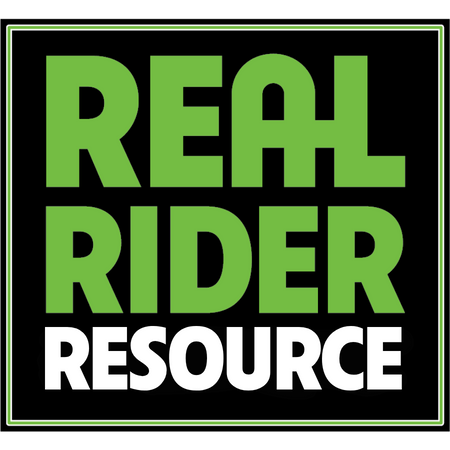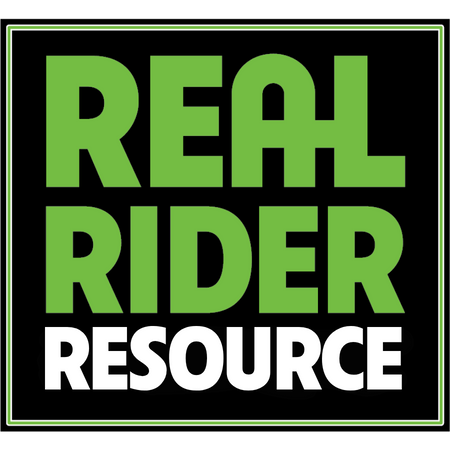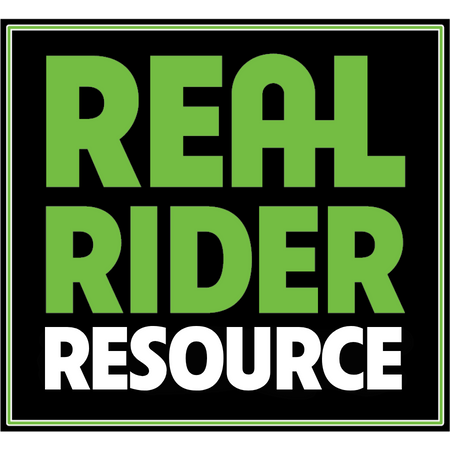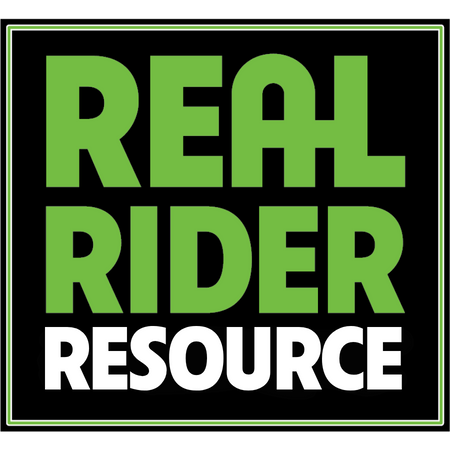
Old Legends, New Era: Clean Without the Stink | ShowBarn Secret® SuperClean
Vinegar and elbow grease once ruled the barn aisle. Now, naturally derived SuperClean cuts grime without the sting—smarter science for cl...

Five minutes now saves twenty later. Prime soft tissue, boost comfort, and make the first trot step feel like the tenth.
Before you ask for collection or power, tissues need glide. A quick activation increases local circulation, reduces “sticky” fascia feel, and helps your horse relax through the back—so the warm-up window shortens and ride quality goes up.
Tip: Apply with your hands, not gloves—feel for tight spots while you work the gel in.
Unsure where to start? Try our Solution Finder for a personalized routine.
A thin, even layer—enough to lightly coat the area without dripping. You can always add more post-ride.
For activation, you typically won’t wrap. Save wraps for post-ride or after hauling with clean legs and proper tension.
Not required. Sensation-free works for most horses. If you prefer cooling on hot days, try it lightly and watch your horse’s response.

Vinegar and elbow grease once ruled the barn aisle. Now, naturally derived SuperClean cuts grime without the sting—smarter science for cl...

How to maintain flexibility through cold snaps—simple daily liniment care and focused MasterMudd™ joint support keep horses comfortable a...

Cold weather doesn’t have to mean tight backs or sticky joints. Use this winter mobility routine to keep your horse supple and show-safe ...
Want a smarter way to handle soreness, heat, swelling, and post-ride leg care? Visit our Performance Recovery Hub for clear routines and product guidance.
Visit the Recovery Hub!